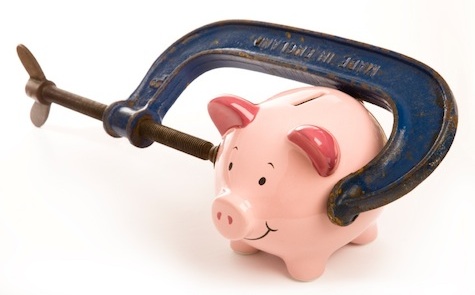Budgeting 101: How to Create a Workable Budget

Budgeting is not easy, its not fun. That is why so many people have such problems with it. As for explaining what budget plan works best for you, it is impossible. As everyone's financial position is different - no two people are fiscally the same - You need to examine a few plans, the pros and cons of each and decide for yourself which works best for you. One that I find works for most is the 50/30/20 plan.
The 50/30/20 plan
Harvard Bankruptcy Professor, and author of "All your worth: The Ultimate Lifetime Money Plan," Elizabeth Warren, has been developing budgets for a long time. In her book she describes a plan she calls the 50/30/20.
You start with your total take-home pay each month - your pay after taxes and all deductions.
Your goal is to reduce your must-have expenses to 50% of your income. This would be any payments you are contractually obligated to (Mortgages, any loans, credit card minimums,) any bills, etc.
The next 30% will be your wants. For example, vacations, nights out to dinner with your significant other, toys for your tots, that new laptop you've had your eye on, etc. Keep in mind some of your needs may overlap into wants - think long distance phone calls, etc.
And the final 20% would be extraneous money for debt repayment and savings. This is money that you may either sub-budget towards a savings account, possibly even investments, and paying down your current debts a bit to make things in the future a little more smooth.
What I like most about this plan is that it could potentially work for anybody, provided you can get your expenses to the levels needed. Its tough, and I know people with their needs column in the 90th percentile of their earnings - I told you budgeting is hard!
How to create your own budget
So you don't want to use the 50/30/20? That's alright, we can find something that will work better for you. Here are some steps to take toward creating that budget.
To start, gather every single financial document you have, and find a nice comfortable spot to sit for a while. This includes everything from all of your bills to all of your pay stubs. Be thorough.
Go through your documents and list all your sources and amounts of monthly income, then do the same for your monthly expenses.
Now split all your expenses into two categories - Fixed and Variable. A good example of a fixed expense would be your rent, which will always be X dollars every month. Whereas a variable will be more dynamic maybe gas or food - it could be 200 dollars this month but only 120 dollars next month.
Now create a total for all columns. If your income is higher than your expenses, you're already off to a good start. Now you see where you can place more money. Maybe you want to pay down your credit cards a little more each month, or add a little to your savings funds - Great!
Track your spending. You won't be able to sit down and examine when you never recorded to begin with. Bank statements are great for this, but they can only track what you spent using your account - they can't track what you spent in cash after it left the ATM. Banks provide a registry with their check books, you can use it for more than just checking records.
Be sure to review your budget monthly and know what you can spend and where. The entire purpose of a budget is to plan your spending to help you spend more wisely - if you don't work hard to stay on the budget, why did you create it in the first place?








